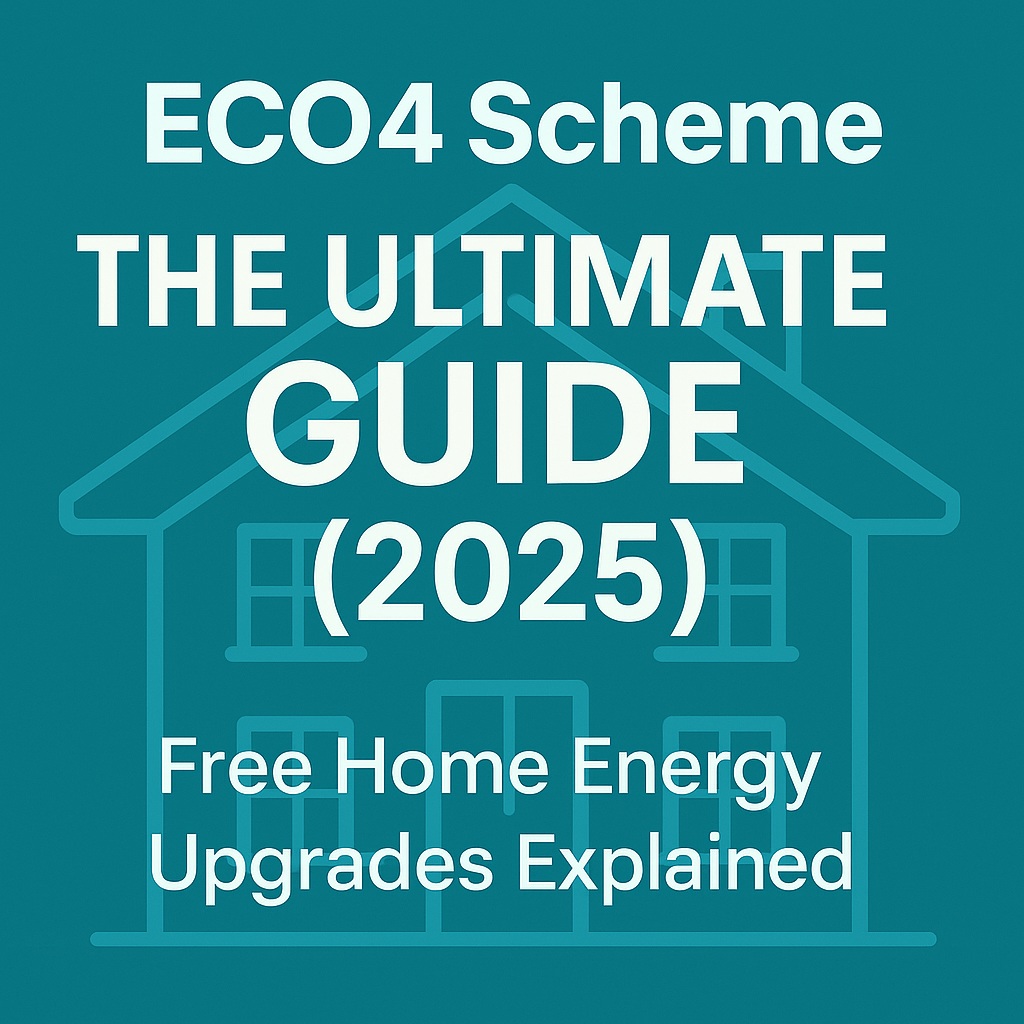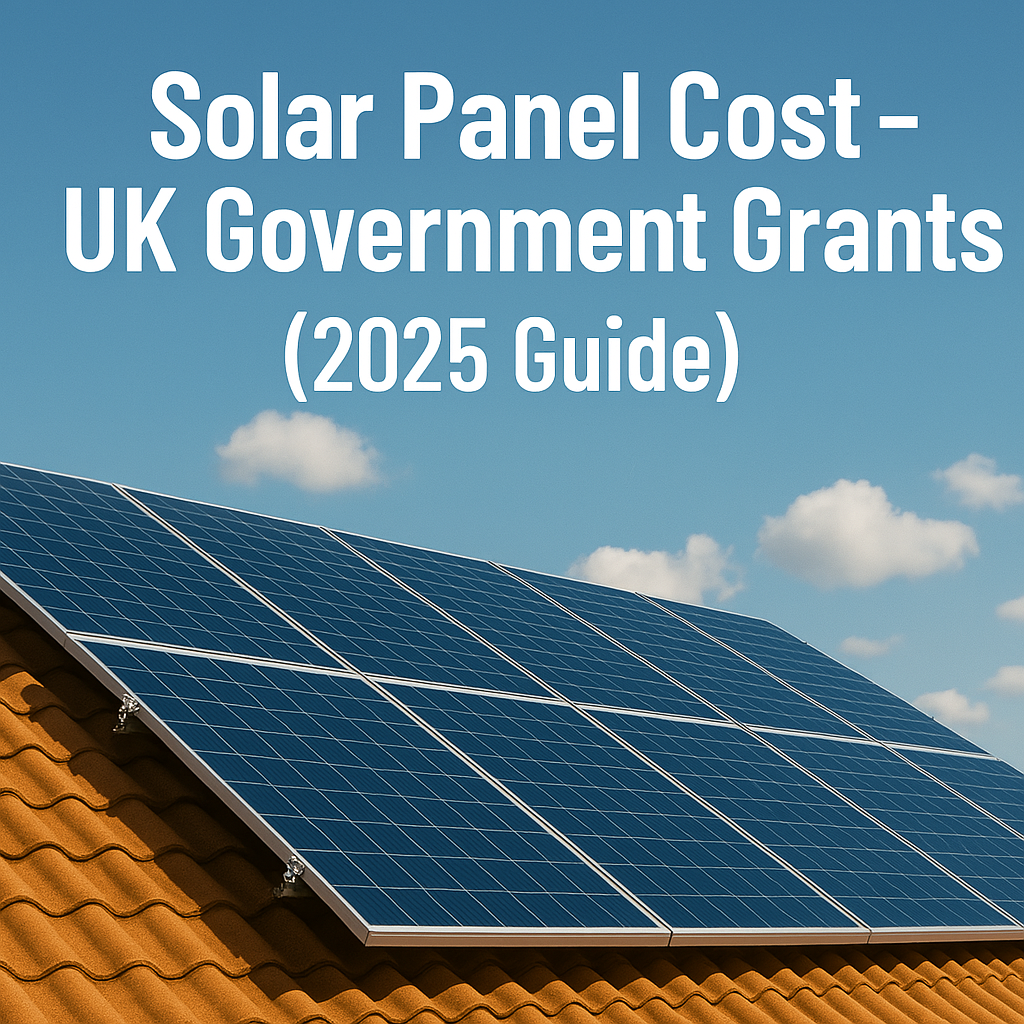A loft conversion is a great way to add another space to your home. But it can seem a daunting task trying to figure out when to start and what to do with your loft space. What are the different types of loft conversion? And how do I know what the best option for my home is? Well, worry no more.
UK Energy Management has put together this helpful guide to lost conversions, so read on to find out more.

What To Consider
There are a few things to consider before you decide to convert your loft into a new space. You need to make sure you know the proper dimensions of the space, decide what kind of loft conversion you want and then choose a company to help you achieve your dream.
The first step is making sure your loft is suitable for conversion. Your roof may not be tall enough or you might live in a conservation area where property changes are strictly monitored. If you want to find out you can ask a surveyor to visit your home to measure your space or go to the council to check the planning permission on your home.
Height
The minimum height you need for a loft conversion is 2.2 metres, allowing plenty of room to convert the space and make it comfortable enough for even the tallest of people. Most new houses should reach this height, but older houses may not.
Roof Type
You should then check whether you have rafters or trusses. Trusses are supports that run through the cross-section of the loft while rafters run along the edge of the roof. It is much easier to convert a loft that has rafters, but trusses are still possible. You may just find yourself spending additional money replacing the trusses.
Existing Spaces
Make sure you have space for an entranceway up to the loft conversion, as you need enough space to install a staircase leading up to it, while not blocking access to any of the rooms downstairs. Also consider soundproofing in the loft, so the rooms downstairs aren’t full with the sounds of people stomping about above them.
Types of Loft Conversion
When converting your loft, there are four main types of loft conversion. The one you choose will likely be determined by a few key factors, such as budget, type of house and age of the property.
Roof Light Conversion
A roof light conversion is the simplest and cheapest type of conversion. It usually just consists of adding windows, a staircase and a proper floor to make the space habitable. It’s a suitable option if you have a low budget, or live in an area where property changes are frowned upon. The only downside is that it doesn’t create as much space to use as other types of conversion.
Mansard Conversion
A mansard conversion involves altering the angle of the roof slope to create a lot of usable space. This is ideal if you’re trying to maximise the space in your home. They are probably the most expensive option, as it involves changing the whole of the roof. The change in the roof also may not look the most natural from the outside, but inside you can expect a large space suitable for whatever your needs are.
Hip-To-Gable Conversion
A hip-to-gable conversion usually looks more natural than a dormer conversion and works by extending the sloping ‘hip’ roof outwards to create a vertical ‘gable’ wall. However, this type of conversion will only work on detached or semi-detached houses, as it needs a free sloping side roof to work. If you live in a detached house and want even more space, you can build on both sides of your roof to make your conversion even bigger.
Dormer Conversion
A dormer conversion is an extension that protrudes from the slope of the existing roof. They’re a great, versatile option for most houses with a sloping roof. However, they do require a lot of structural changes so can take a while to complete. They also work out a lot cheaper than hip-to-gable or mansard conversions, but still provide a good amount of space.
How Long Will The Conversion Take?
The time taken will usually depend on the type of conversion you are undertaking, but will usually take around 4-8 weeks to complete. Roof light conversions are the quickest at four weeks, while a mansard conversion may take up to eight weeks. Dormer conversions take around five weeks, while hip-to-gable take up to seven. So if you want a quick loft change, the best option to go with is a roof light conversion.
The first week or two will be spent preparing your home for the conversion before any work begins. Your builder and contractor will typically start on the outside of the loft, before turning to the flooring, insulation and other features inside of your house. The conversion usually finishes by dealing with the plumbing electrics and any plastering that needs doing. Then your loft conversion will be done and ready to be used.
Windows
When converting a loft, you should take into consideration the window type you will be using. This usually factors into the type of loft conversion you’re going for, with Velux windows typically used in roof light conversions and dormer windows in a dormer conversion.
Velux
Velux windows, often called skylights, are the cheaper option to go with, flooding your loft with natural light and fitting into the natural slope of your roof. You usually don’t need planning permission for Velux lights and they can be easily installed with little extra time added to your project.
Velux windows are a great option to add a lot of light into your room, with all different shapes and sizes to go for. You could even have a Velux window balcony installed. They can be made with easy to close shutters for whenever you want a little more privacy.
Dormer
Dormer windows protrude from the roof and add extra headroom into a space, giving a traditional finish to a room. As they protrude, they usually require additional planning permission and time to construct. However, they usually add a lot more value to your home and will fit in well in an area where the look of your house matters to the aesthetic of the neighbourhood.
Loft Insulation
Around a quarter of heat generated is lost through the roof, so when planning your loft conversion it is important to consider the loft insulation you have installed. Heat will rise and be lost through your roof, so it is important to be insulated thoroughly. Loft insulation works by trapping any rising heat inside your home, keeping your bills down and your house warm.
Most houses have little or no insulation installed, and so by including it you can expect to see a reduction in your bills with immediate effect.
Loft conversions usually lose even more heat than before, as the use of windows will enable more heat to be released and lost. By getting in touch with the team at UK Energy Management Ltd, we can access funding that can upgrade your home’s heating and insulation to help reduce your heating costs by around 30%.
UK Energy Management
So get in touch today with UK Energy Management to find out whether you’re eligible for a loft insulation grant. If you’re from a low-income household or have vulnerable people living at home, you could be entitled to funding. This funding will make your loft insulation installation completely free!
We use an insulated plasterboard solution with 50mm of insulation. This achieves the necessary U Value and ensures all our targets are met. It leaves you with effective insulation and fully plastered areas ready to decorate in your new loft conversion. All of this is done by highly skilled and fully qualified tradesmen who will transform your space and make your loft conversion complete.
Visit our website now and fill out the form to see if you are eligible for a free loft insulation installation. If you’re not eligible we can still help by contacting your local authority who may be able to offer our services through flexible eligibility. If you’d like to find out more about our services, call us now on 0191 466 1185 to talk to one of our friendly and knowledgeable team about what we can do for you.



